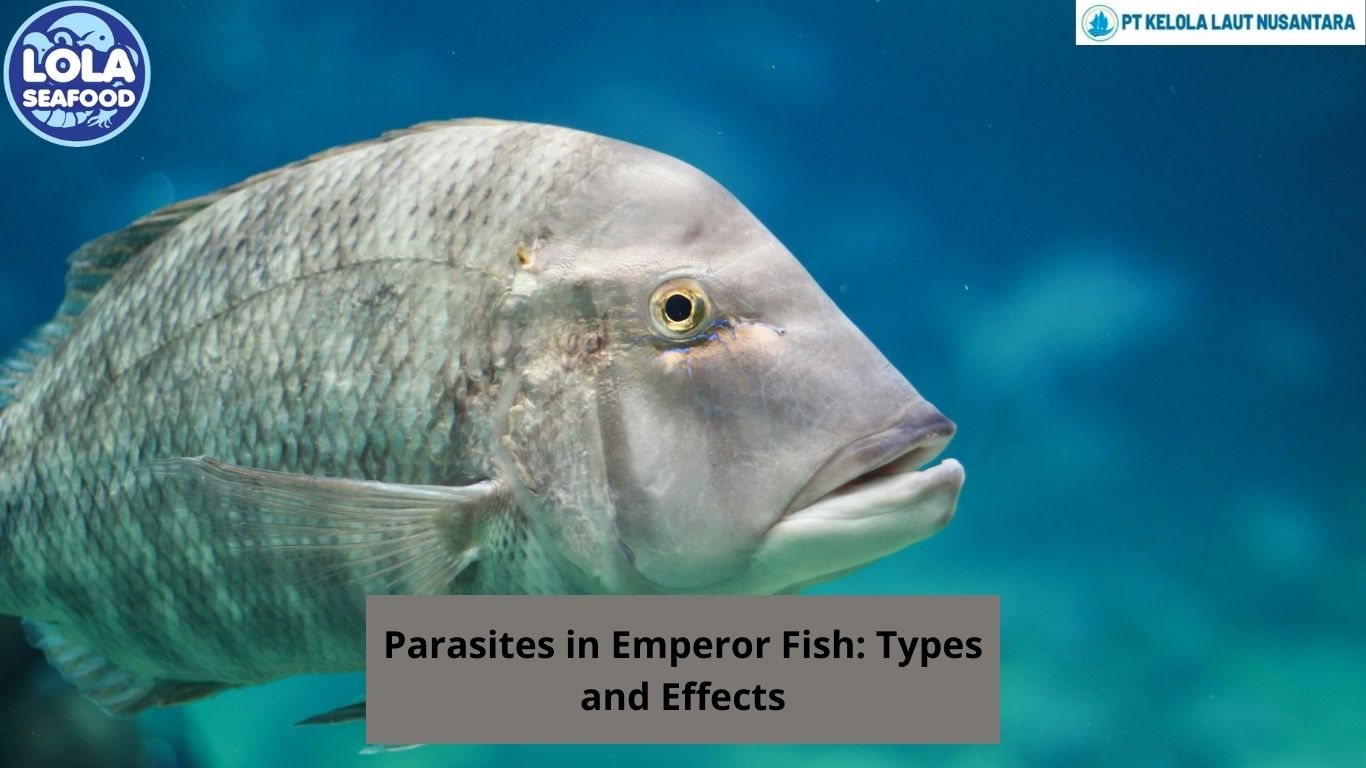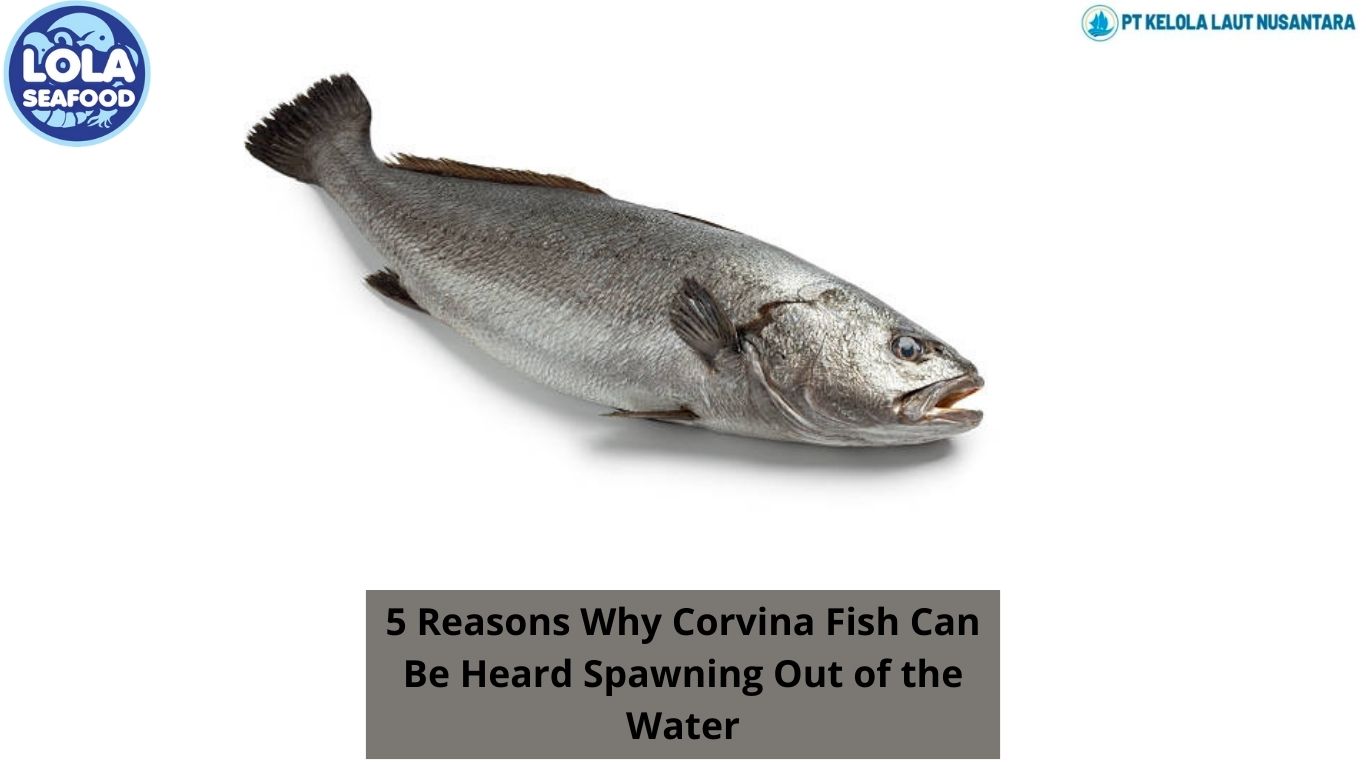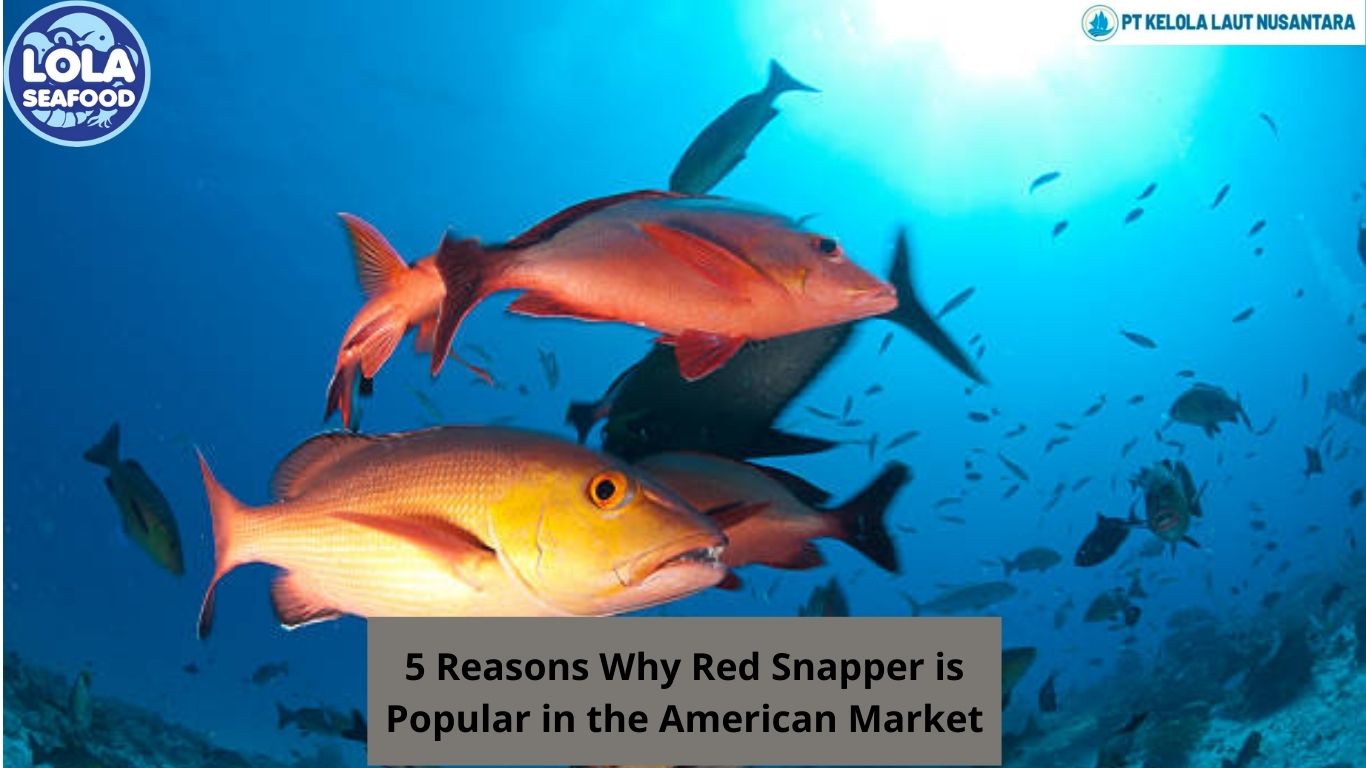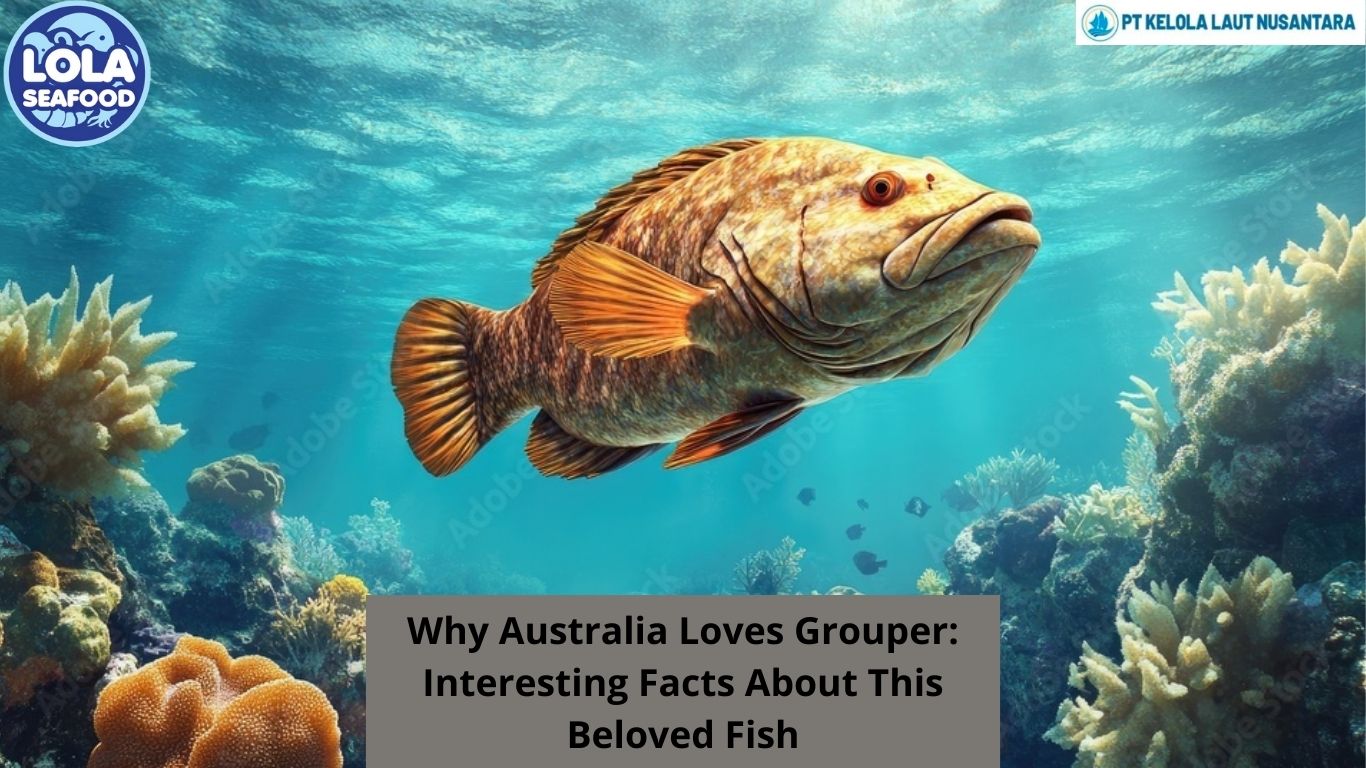These Are the Natural World Facts About Grouper
By. Kusni - 14 Feb 2025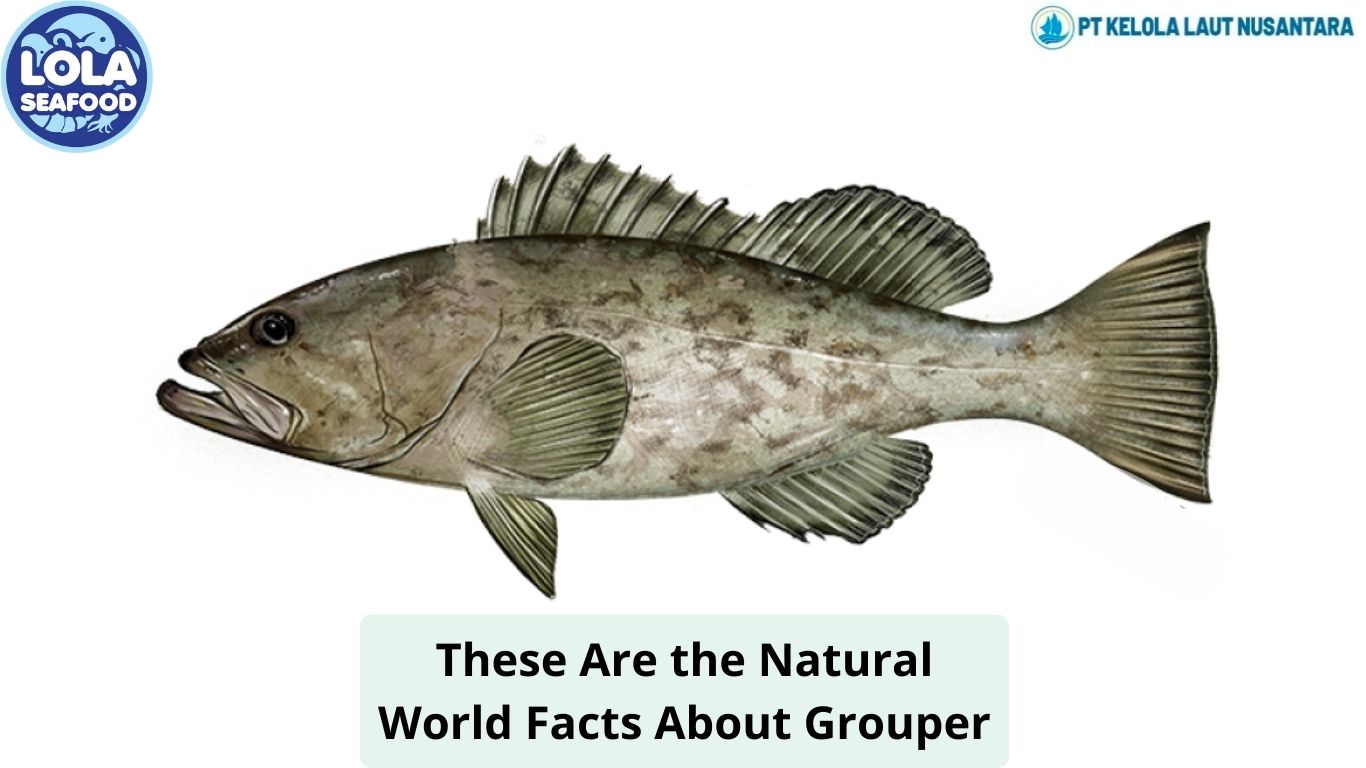
Kelolalaut.com Grouper fish are fascinating marine creatures that inhabit tropical and subtropical waters around the world. They belong to the family Serranidae, primarily within the subfamily Epinephelinae, and are known for their robust bodies, large mouths, and powerful swimming abilities. Found in coral reefs, rocky outcrops, and coastal waters, groupers play a vital role in marine ecosystems. Here are some intriguing facts about these remarkable fish.
1. Physical Characteristics
Groupers are typically large-bodied fish, with some species growing to over 8 feet (2.5 meters) in length and weighing more than 800 pounds (363 kg). Their broad, stout bodies and strong, fan-like fins allow them to maneuver swiftly through reefs and rocky habitats. Their large mouths enable them to swallow prey whole, which is a distinctive feeding strategy among predatory fish. Many species display striking patterns and colors, which can change based on age, environment, or mood.
2. Feeding Habits
Groupers are carnivorous and rely on their stealth and powerful suction feeding technique to capture prey. They often ambush smaller fish, crustaceans, and cephalopods, using their wide mouths to create a vacuum that quickly draws food in. Some larger species, such as the Goliath grouper are capable of consuming prey almost half their size.
3. Habitat and Distribution
Most grouper species are found in warm, coastal waters, particularly in the Atlantic Ocean, Caribbean Sea, Indian Ocean, and the Pacific Ocean. They tend to inhabit coral reefs, rocky ledges, and mangrove estuaries, where they can find shelter and ambush prey. Many species are territorial and prefer to stay in a particular area throughout their lives.
4. Unique Reproductive Behavior
One of the most fascinating aspects of grouper biology is their reproductive behavior. Many species are protogynous hermaphrodites, meaning they start life as females and later transition into males. This ability allows them to adapt to population imbalances and optimize breeding success. Spawning usually occurs in large aggregations, where multiple individuals gather to release eggs and sperm into the water. This behavior increases fertilization rates and ensures genetic diversity.
5. Role in the Ecosystem
Groupers are apex predators in their habitats, helping to maintain a balanced marine ecosystem by controlling the population of smaller fish and invertebrates. Their presence is essential for reef health, as they prevent certain prey species from overpopulating and disrupting coral reef structures.
6. Conservation Concerns
Due to overfishing and habitat destruction, many grouper species are facing population declines. The Goliath grouper and Nassau grouper (Epinephelus striatus) are listed as vulnerable or critically endangered due to excessive fishing, particularly during spawning seasons. Conservation efforts, including marine protected areas, fishing restrictions, and breeding programs, are helping to preserve these species for future generations.
Groupers are vital members of marine ecosystems, showcasing unique biological traits and playing an essential role in maintaining reef health. Their fascinating behaviors, impressive size, and ecological importance make them a subject of great interest among marine biologists and conservationists. Protecting these incredible fish ensures the health of our oceans and the biodiversity they support.
If youre interested in our Grouper Fillet Skinless, Grouper Black Dotted Whole Round, and Grouper Fillet Portion Cut please do not hesitate to contact us through email and/or whatsapp

